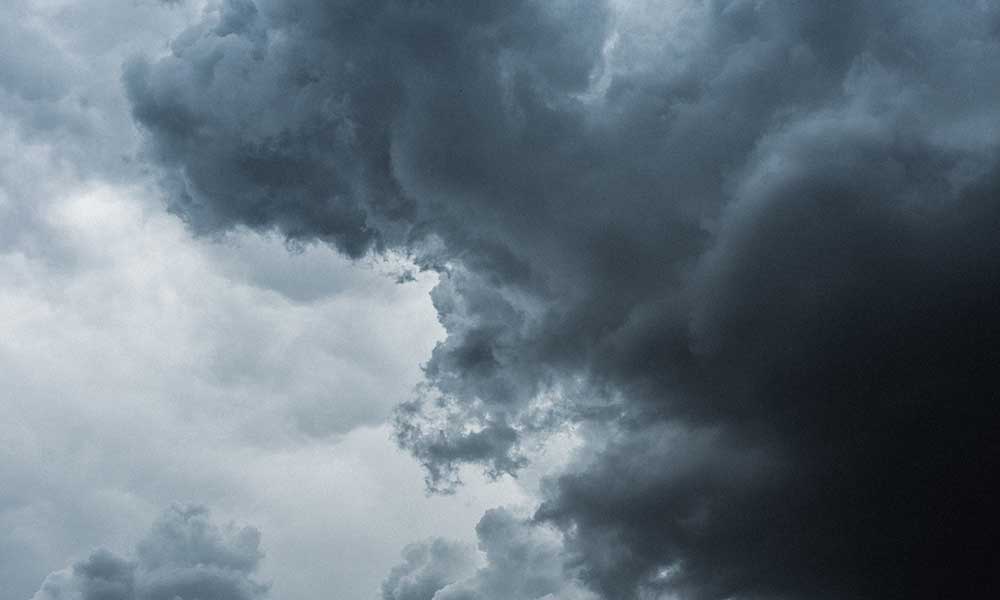What is the relation between low pressure systems and waves, how do these systems work, and how do they become storms and rain?
Let’s take a look:
What are the Effects of Low Pressure Systems on Waves?
A low-pressure system is thought to be responsible for generating strong and impressive waves.
In a deep low pressure system, the wind speed is stronger and so more waves are generated as a result of friction.
If these winds continue to blow over the ocean’s surface, the swells should be bigger, and if they impact a larger area, they will create waves that have more energy, generating greater heights.
How Do Low Pressure Systems Become Storms?
Hurricanes form over the sea and may begin as tropical waves.
As this weather system advances, warm air rises and an area of low pressure forms underneath, drawing in more air as a result.
The air then rises, cools, and forms clouds and thunderstorms.
The water condenses and creates droplets and this helps to create more power for the storm.
What Causes Good Surfing Waves?
Waves are created by the wind.
The way that the wind interacts with the surface of the water will dictate how big those waves are while the direction will impact their shape.
The topography of the ocean floor also impacts the quality of the waves.







